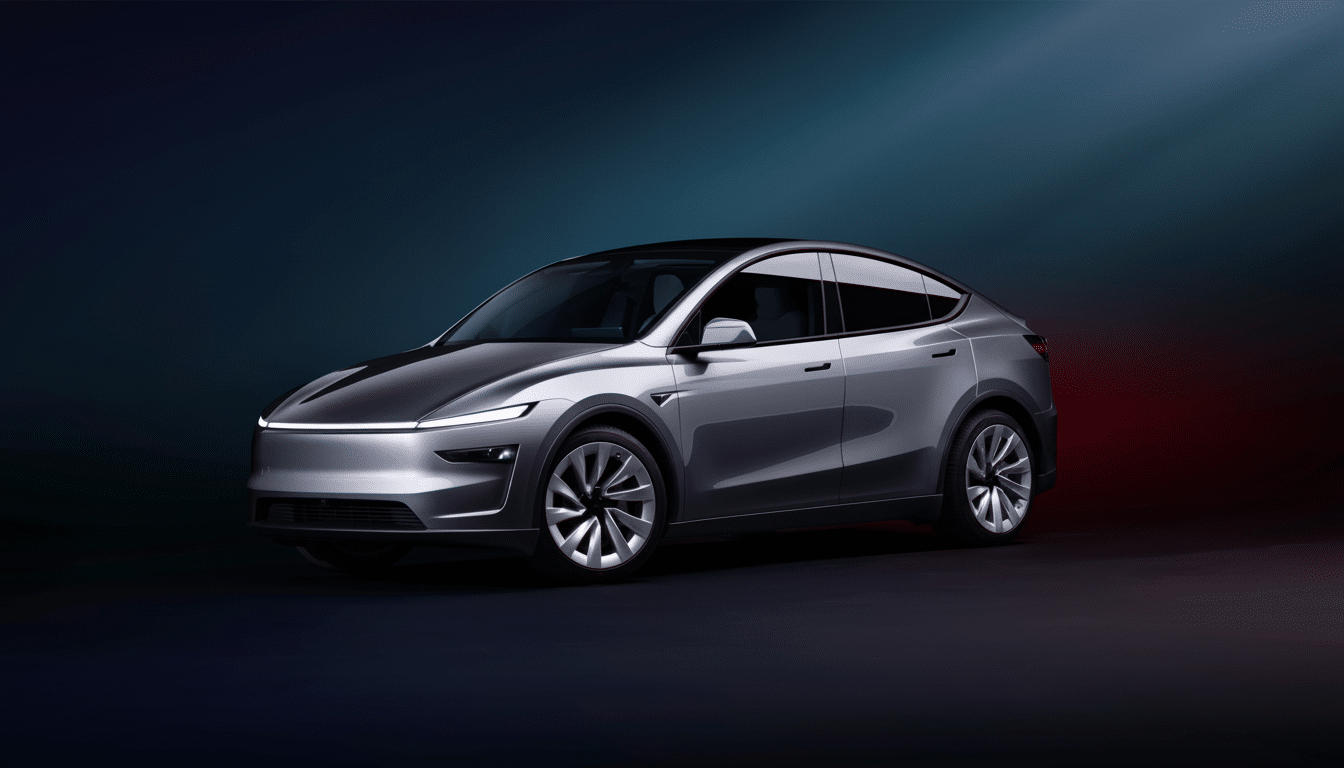Tesla is recalling 7,301 Model Y sport utility vehicles in Australia, after regulators identified a safety defect in the driver’s-side power window. Under certain driving conditions, the automatic anti-pinch function of the sunroof could misidentify an obstacle as being present and close with increased force, increasing the risk of injury. The notice came from the federal infrastructure department, and was another high-visibility software-related recall for Tesla’s global quality ledger.
What Regulators Say
The problem lies with the window’s object-detection logic, said Australia’s Department of Infrastructure, Transport, Regional Development, Communications and the Arts. Anti-pinch systems are supposed to stop and reverse themselves when they feel resistance; when that logic fails, fingers, hands or fabric can become trapped. Safety agencies consider it an important countermeasure, and standards around the world call for power windows to immediately roll down when an obstruction is detected.

How Tesla Aims to Fix It
Tesla will use an over-the-air (OTA) software update to re-calibrate and authenticate the auto-reversal function of the window, eliminating the need to schedule a service center visit. Customers of the affected vehicles will receive a direct notice. The fix already installed in cars is not affected, but “we ask that you exercise the functionality described above with an eye towards ensuring that it works just as well after the update as it did before,” Tesla added.
The scale — 7,301 vehicles — makes it a significant move in a market where Tesla’s presence has also been quickly expanding. It also highlights the double-edge quality of software-driven cars: Code allows for quick fixes but it also creates new routes to safety-critical bugs. Regulatory bodies across several jurisdictions are increasingly viewing OTA updates as a viable solution to certain defects, so long as the update is able to establish that the software is in fact compliant.
A Common Refrain: Software-Led Recalls
Tesla’s recalls in Australia have been a consistent drumbeat of software-based actions, with government notices listing at least 17 actions related primarily to code, not broken parts. The trend mirrors a larger shift in the industry. (Vehicles today comprise at least tens of millions of lines of code, some many times that figure, according to automotive software research cited by engineering bodies, and complexity is a surefire way to raise the likelihood that edge cases slip through validation.)
Window logic is hardly new ground for Tesla. The U.S. previously acted over similar auto-reversal behavior, in more than 1.1 million vehicles over multiple models. Tesla also began a separate recall in Australia of almost 300 cars there over potential power steering loss. Today’s recall is part of that broader story: Software-defined cars can have features updated and bugs patched very quickly, but carmakers have to navigate between speed of innovation and certainty of safety.

What the owners can do, and best practices
Even though OTA will reduce the amount of grief owners will need to endure for the time being, they still should be careful if they don’t want to see both of their devices going up in smoke. Keep hands, fingers, and objects away from the driver’s window edge when showing one-touch close. After you’ve switched it, check if the window goes back up quickly when met with slight resistance. If reverse does not respond in a timely, stable manner, or if there is no response, report this to Tesla Support and request a diagnostic inspection.
It’s also wise to check child safety locks and lockouts, and to make sure that all occupants, especially children, know better than to lean on or reach through closing windows. These basic ergonomics are recommended by safety agencies throughout the world and can help prevent pinch injuries regardless of the car’s manufacturer.
The High Regulatory and Brand Stakes
For Tesla, the issue is more than just a software patch. All recalls — whether the fix is a software-only one or not — also appear in official tallies that impact perceptions of the safety and reliability of a product, values for car trade-ins, and insurance company risk models. Consumer research companies routinely find that software gremlins, driver-assistance oddities and infotainment inconsistencies are the leading source of owners’ complaints across the industry. That leaves automakers to ensure they are squeezing their software validation pipelines, expanding the level of simulation coverage and making use of telemetry to spot anomalies before they become road hazards.
Regulators and safety agencies around the world are pressing automakers for faster fixes and more straightforward communication with owners, from Australia’s federal infrastructure department to the U.S. National Highway Traffic Safety Administration. Tesla’s capacity to issue a remote fix a is a strength — but it doesn’t replace the duty to prevent a safety defect from arising to begin with. As the car becomes more software-defined, the companies that manage speed in responding to OTAs with the toughness of pre-release testing will be the safety and trust leaders.

